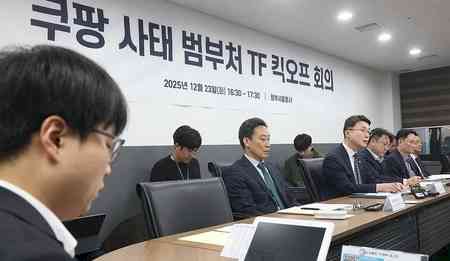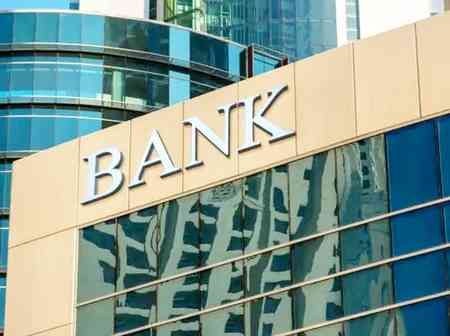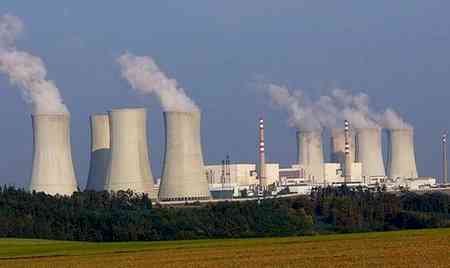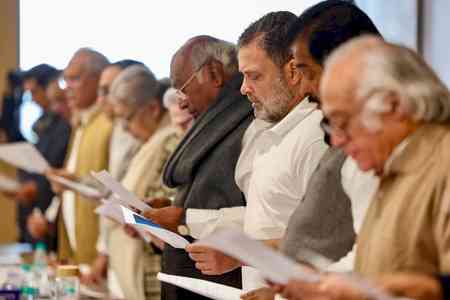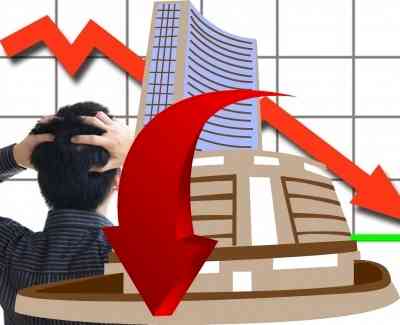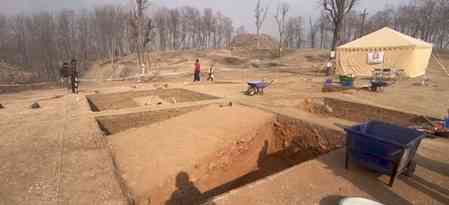Paint companies regaining colour, to log 10-12% growth

New Delhi, Oct 5 (IANS) Paint companies will stage a strong comeback this fiscal, regaining the ground lost amid the second wave of the pandemic in the first quarter.
Revenue will rise 10-12 per cent, with improving consumer sentiment and economic recovery driving growth in decorative and industrial segments alike, while, at the other end, operating margin will shrink 200 basis points, according to a report by Crisil that added
However, healthy cash accruals, well managed balance sheets and large cash surpluses will keep credit profiles stable, it said.
An analysis of six players, which account for 96 per cent of the organised sector revenue, indicates as much.
The Rs 53,000 crore industry is dominated by organised players who account for 70 per cent of revenue. Within the organised sector, decorative paints have a revenue share of 77 per cent and industrial paints the balance.
Crisil Ratings Senior Director Anuj Sethi said: "Higher spending on home improvement and refurbishing, and a gradual increase in real estate activity is expected to drive revenue recovery of 11 per cent in the decorative paints segment. Also, this year, revenue recovery is expected to be more broad based. Improving pace of vaccination and easing of pandemic related curbs will drive growth in the urban areas.
"On the other hand, better rural incomes on the back of an almost normal monsoon, will support recovery in the hinterland, which accounts for a sizeable chunk of decorative paint volumes."
"Last fiscal, while the overall paint sector registered only 4 per cent growth, the decorative segment had fared better due to strong demand from the hinterland, which was less impacted by the first wave."
New opportunities have also opened up, with building chemicals, adhesives, wall putties, wood polish finishes, and other such products now being distributed through the same network. These segments contribute less than 5-10 per cent to revenue, but help players in the decorative segment offer more solutions in the home decor space.
Revenue from industrial paint segment is set for a sharp recovery, with a growth of 13 per cent this fiscal, compared with a de-growth of 6 per cnt last fiscal due to weak automotive sales (50 per cent of demand) and a tepid economy.
The revival will be driven by better automotive sales, with many new launches being planned, especially in the passenger vehicle space, and the government's thrust on infrastructure.
Operating margin, on its part, is expected to be healthy at l17 per cent, though lower than the decadal high of 19 per cent last fiscal. That is because high crude prices have resulted in a sharp increase in raw material prices (55-60 per cent of costs) this fiscal, and price hikes by players have not entirely offset this. Paint manufacturers are taking calibrated price hikes as demand slowly turns healthy after two years of tepid growth.
Crisil Ratings Associate Director Shounak Chakravarty said: "Despite some moderation in operating profitability, credit quality of Crisil-rated paint players will continue to be stable, supported by healthy cash generating ability, strong balance sheets and large cash surpluses (Rs 7,000 crore as on March 31, 2021). With capacity utilisation at 75-80 per cent currently, players are unlikely to undertake sizeable capex in the next 12- 18 months, though moderate investments will continue in backward integration/ debottlenecking of capacities."
Notably, the top five players account for 95 per cent of the revenue in this industry despite the entry of new players in recent years. Strong brand association, tie-ups with customers (automotive paints), and established distribution networks remain key entry barriers. Given the healthy growth prospects, companies with sizeable financial flexibility and established distribution network for allied products are gearing up to enter the sector.
In this context, severity of the third wave of the pandemic, movement in crude prices, competitive intensity, and the pace of economic recovery remain monitorables.


 IANS
IANS 
